Fashion in the 1980s: Bold, Bright, and Influential
The 1980s was a decade marked by dramatic style and flamboyance in fashion. Known for its bold colors, oversized silhouettes, and groundbreaking trends, the 1980s left a lasting impact on the fashion world. From power dressing in the boardrooms to the emergence of street-style subcultures, this vibrant period set the stage for contemporary fashion.
The Rise of Power Dressing
One of the defining characteristics of 1980s fashion was the trend towards ‘power dressing’. As more women entered the workforce, they sought to convey authority and confidence through their clothing choices. This led to the popularization of padded shoulders, bold colors, and designer suits that made a statement. Power suits designed by notable fashion houses included dramatic features that complemented a woman’s figure while asserting her presence. Notably, Emanuel Ungaro’s suits exemplified this trend, often characterized by pinstriped patterns and sharply tailored lines.
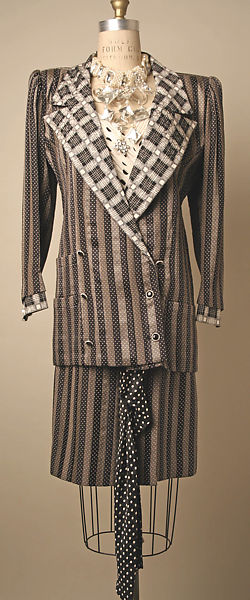
Image: Source Fashion History Timeline
Fashion designer Thierry Mugler also made headlines with his bold designs, contributing to the power-dressing trend through suits that featured wide lapels and was often paired with spiked heels and dazzling accessories. With his focus on sculpted silhouettes, Mugler exemplified the quintessential look of the 1980s executive.
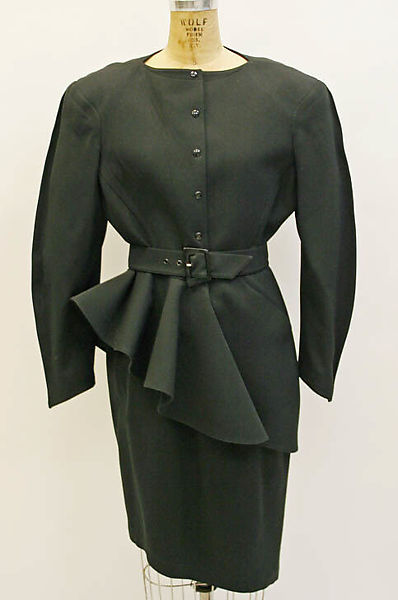
Image: Source Fashion History Timeline
Casual and Sporty Styles
The ’80s also saw the rise of casual and sporty aesthetics, heavily influenced by fitness culture and popular films. Iconic movies, such as Flashdance, showcased athleisure wear that transitioned from the gym to everyday attire. This movement encouraged women to wear comfortable yet stylish outfits like off-the-shoulder sweatshirts and leggings.
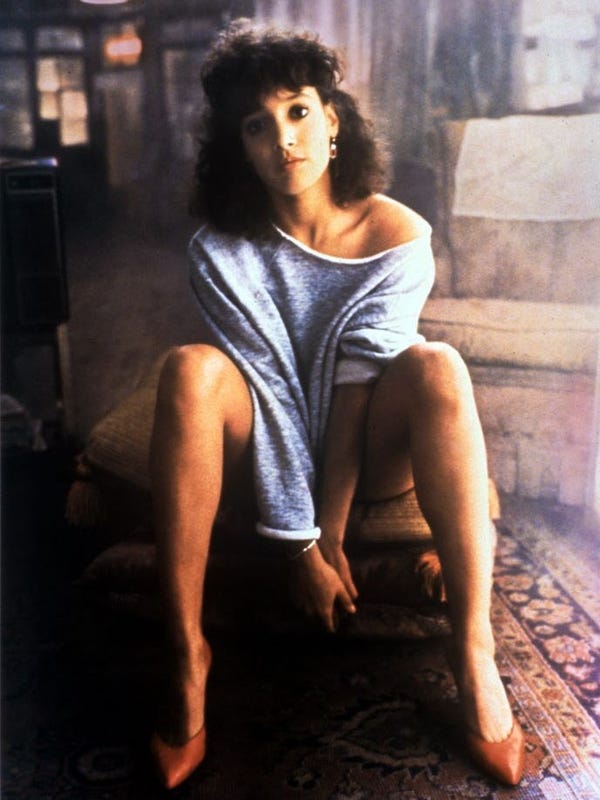
Image: Source Fashion History Timeline
Long after the fitness craze, designers like Donna Karan and Azzedine Alaïa adopted stretchy fabrics to create body-con dresses that celebrated women’s bodies. These designs shifted traditional fashion norms, allowing clothing to embrace and accentuate the female form.
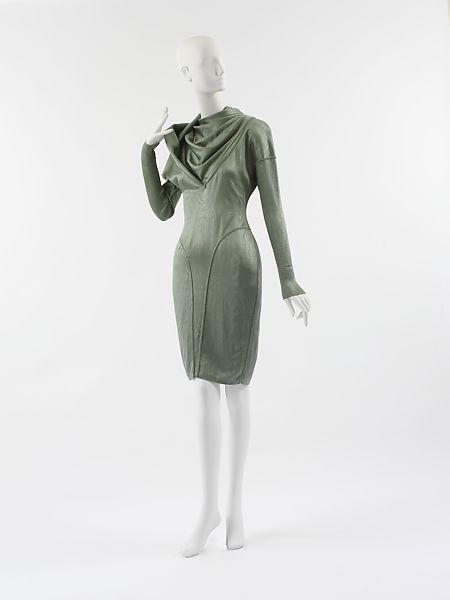
Image: Source Fashion History Timeline
Mixed Minimalism and Glamour
As the decade progressed, the styles became more extravagant. The romantic touches of the late 1970s, shown through puffed sleeves and oversized accessories, continued to break boundaries, leading to more theatrical fashion statements. Vivienne Westwood’s avant-garde approaches and the ‘New Romantics’ embraced historical elements with a modern twist, shaping a unique subset of 1980s fashion.

Image: Source Fashion History Timeline
The Influence of Princess Diana
No discussion of 1980s fashion would be complete without mentioning Princess Diana, whose style became a cultural touchstone of the decade. Known for her sophisticated yet approachable outfits, Diana often combined high fashion with a relatable touch, wearing ensembles that ranged from romantic gowns to tailored outfits for public appearances.
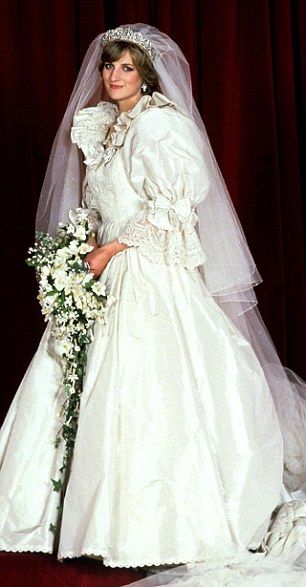
Image: Source Fashion History Timeline
Her wedding dress, designed by David and Elizabeth Emanuel, is still one of the most iconic fashions from the era—complete with voluminous sleeves and a dramatic train. This gown not only set the trend for royal wedding dresses but also influenced countless brides worldwide.
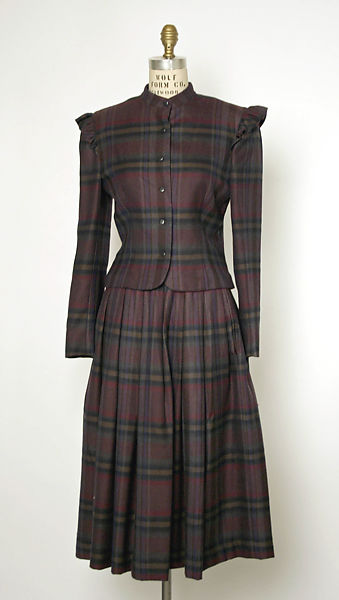
Image: Source Fashion History Timeline
Street Style and Subcultures
The 1980s were also notable for the emergence of street style, with various subcultures influencing fashion trends—most prominently punk, goth, and hip-hop. Bands and artists not only shaped musical tastes but also defined aesthetic inspirations for a generation. The goth fashion scene took cues from Victorian mourning, establishing a darker look.
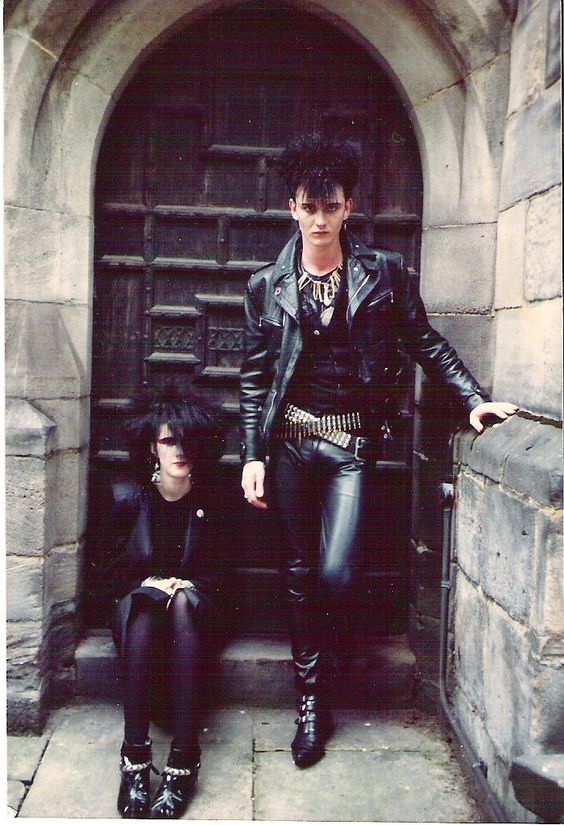
Image: Source Fashion History Timeline
Meanwhile, the hip-hop scene brought about a casual elegance characterized by oversized clothing, vibrant colors, and logos. Groups like Run DMC and the Beastie Boys popularized trends such as baggy pants and branded sneakers, leading to fashion statements that were both comfortable and stylish.
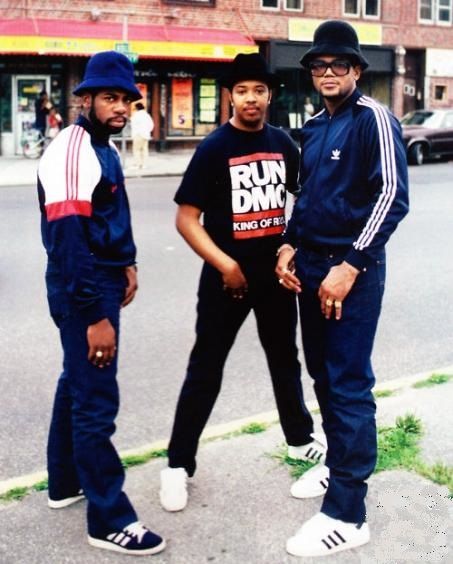
Image: Source Fashion History Timeline
Conclusion
Fashion in the 1980s was defined by its diversity and boldness—a reflection of the cultural shifts happening at the time. From the confidence exuded through power dressing to the individuality expressed through street styles, the era was revolutionary. Today, we still see the echoes of this vibrant decade in modern fashion, as elements from the 1980s continue to inspire new generations of designers and style icons.